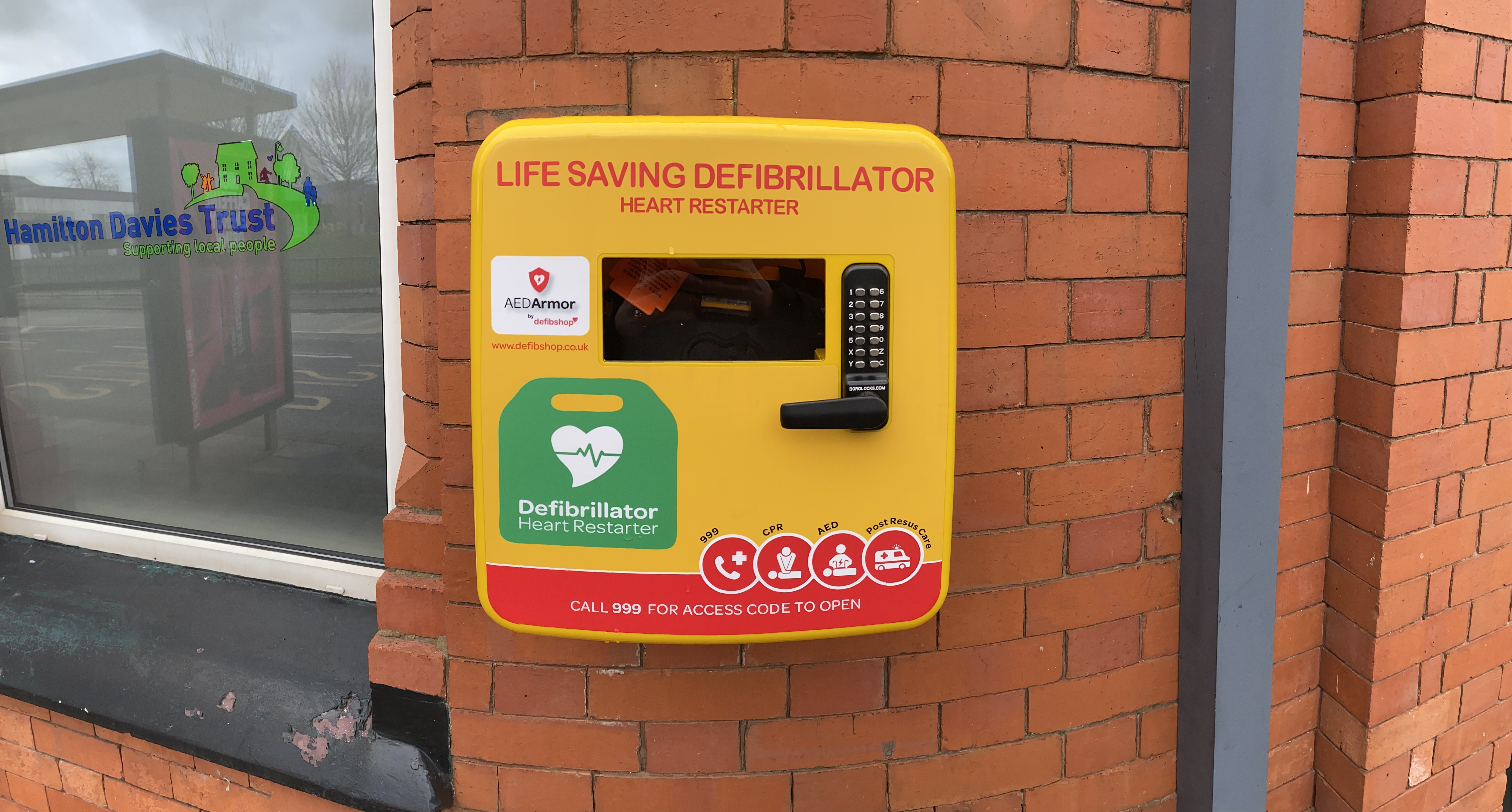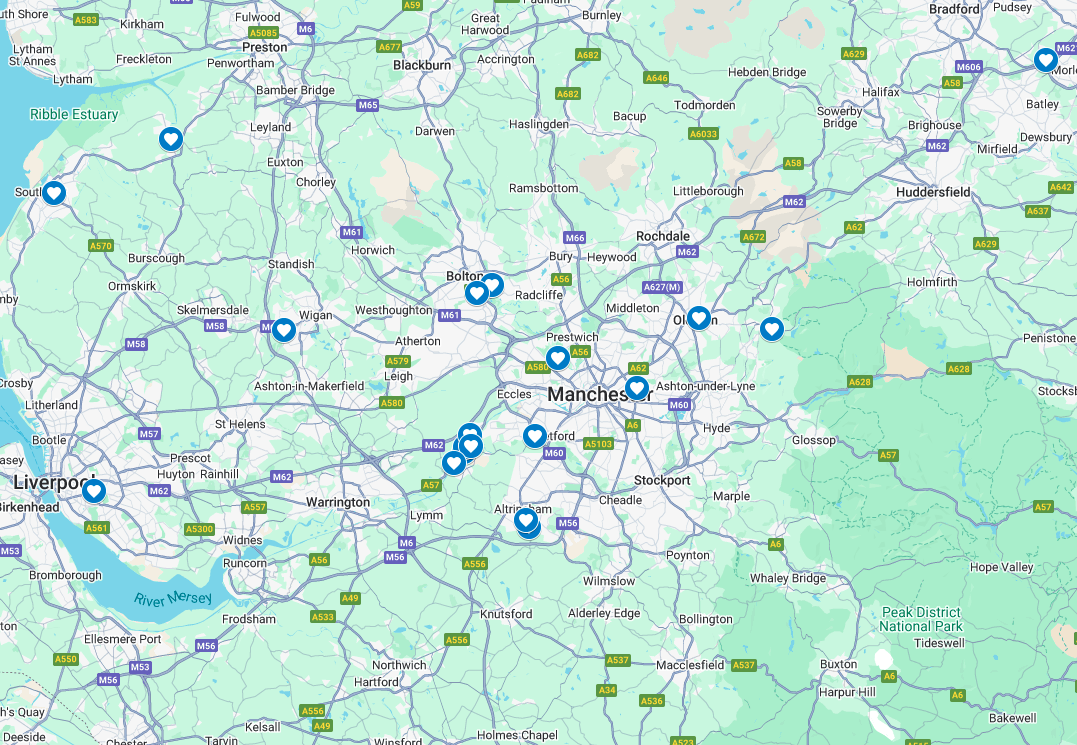AEDs for Workplaces: Why Your Business Is Better Safe Than Sorry

What would you do if a member of your staff went into sudden cardiac arrest (SCA) at your workplace?
You’d call 999 without even thinking about it, of course, but what about after that? While waiting for the paramedics to arrive, what steps would you take to boost the employee’s chance of survival?
Our emergency services are wonderful, but they’re not as quick as SCA – and sadly, they never will be.
When someone calls 999 for an SCA victim, this type of call falls under ‘Category 1’ (of four) – the most severe category. Category 1 incidents are pushed to the top of the priority list. Brand-new data shows us that the average (mean) ambulance response-time for Category 1 calls is 7:40 (at the time of writing, in November 2018). In other words, if you call 999 to report an SCA, it will be roughly eight minutes before the ambulance arrives – provided that the ambulance does not encounter any obstacles on its way over.
If your employees do not receive treatment until eight minutes after going into SCA, their chance of survival will have plummeted to around 20%.
How quickly does an SCA victim need to be treated?
The sooner you start to administer treatment to an SCA victim, the better. Said treatment has to be CPR coupled with defibrillation: that is the only effective form of treatment.
For each minute that passes without the victim receiving CPR and defibrillation, their chance of survival drops by a further 10%.
If we now consider that 30,000 out-of-hospital cardiac arrests (OHCAs) occur in the UK each year, and that the survival rate is currently less than 10%, we can see just how crucial those first few minutes are.
How likely is it that SCA could happen to one of my staff?
Given that there are 66 million people in the UK, you might look at those numbers and conclude that your workforce’s chances of falling victim to SCA are slim.
But here’s the thing: SCA cannot be predicted or prevented. It just happens. No matter how old a person is, how healthy their diet is, or how often they exercise, they are a potential victim.
How do I prepare my workplace for SCA?
If you have a few members of staff who are trained in CPR and in the use of automated external defibrillators (AEDs), your workplace will be as prepared as it can be – which, hopefully, will be enough to save a life.
Being fully trained will put you in control of your staff’s safety. The emergency services will do a great job once they arrive, but you don’t know when that will be. It could be six minutes, or it could be 16 minutes. You need to fight the victim’s corner in the meantime.
Are defibrillators difficult to use?
When you think of a defibrillator, you probably picture bulky paddles being pressed firmly against the victim’s chest, with manual shocks being delivered at regular intervals.
That’s not what AEDs are like. They’re much simpler and much less intimidating. Anybody can use them.
With an AED, all that you have to do is put the pads on the victim’s chest and then follow the audio instructions as the machine gives them to you. Those pads will examine the victim’s heartbeat (or lack thereof) and will then automatically administer the shock for you, should it be required.
In the panic of the moment, simple instruction-following like this becomes more difficult than it should be, but if you’ve had prior training, you’re much more likely to cope well under the pressure. This could make all the difference.
How many defibrillators does my workplace need?
Having AEDs in the workplace is not currently a legal requirement in the UK, so there is no concrete recommended number. As for what we would recommend, it depends on the size of your workforce and on the physical size of your workplace.
Generally speaking, you should be able to fetch an AED and be back at the victim’s side within 30 seconds.
It mainly comes down to common sense. If you have hundreds of staff and are spread across multiple floors of the same building, it would be wise for each floor to have its own AED. If each floor has a high density of people and an especially large surface area, it might be best to have one each end of the floor. Drop us an email or give us a call if you’d like us to give you a specific recommendation for your workplace.
Wouldn’t you rather be safe than sorry?
Unfortunately, many businesses only buy AEDs once the worst has already happened to them.
You wouldn’t go without smoke-alarms or fire-extinguishers, so why go without a defibrillator? Any investment in the safety of your workforce is a wise investment.
Take a look at our full range of defibrillators, and get in touch if you’d like advice or clarification on anything.
defibshop are committed to equipping everyone with the skills and knowledge to save a life. Speak to one of our Product Specialists on 0161 776 7422 or fill out our Contact Form. Learn more about defibrillators












